
 |
| On-Site Training | |
|
Learning steam fundamentals is not rocket science! But steam is tricky because it is biphase medium (simultaneously both vapor and liquid). When it condenses from a vapor into a liquid, it reduces itself in volume by a factor of 100. That is exactly why we need vacuum breakers. When steam condenses, its greatly reduced volume induces a vacuum and vacuum breakers are needed to break that vacuum. Steam and condensate piping is considerably more complicated than piping for single phase mediums, such as water (domestic, hot, chilled, etc.), fuel oil, process oils, and industrial gases. |
 |
16 FUNDAMENTAL RULES OF GOOD PIPING PRACTICE Learning and implementing the 16 fundamental rules of steam and condensate practice taught by Jack Ames, P.E., at your facility will save you time, money, and headaches. The good news is that implementing the 16 fundamental piping rules typically requires relatively simple, cost-effective piping changes, which can be done in-house by your own properly trained maintenance mechanics. With such steam piping problems corrected, you can rightfully expect many years of energy efficient, trouble-free, low-maintenance operation from both your steam equipment and your steam and condensate piping systems. |
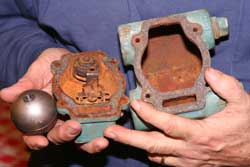 |
STEAM TRAP TESTING IS NOT ENOUGH Steam trap testing is extremely important since a significant percentage of your traps (I recently saw 35%) can be wastefully blowing or passing steam. Identifying those traps that are blowing or that have failed closed is extremely important. A single blowing steam trap can easily cost you $ 1000 a year in wasted steam! The various methods of steam trap testing plus their advantages and disadvantages are taught by Jack Ames. All participants have a chance to test traps themselves in at least one of the practice sessions so they can learn this important skill. |
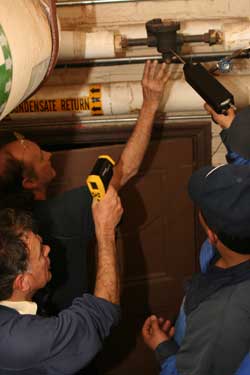 |
HOW DOES ON-SITE TRAINING WORK Before any steam training begins, Jack Ames will personally visit your facility and survey a cross-section of your steam piping systems in various mechanical rooms or numerous buildings. Based on survey findings combined with your input, he will customize his training to best meet your specific needs and solve your specific problems. The fundamentals of steam theory are taught. The 16 fundamental piping rules are taught, illustrated, and applied to your particular problems. Everything is taught in a simple, clear, and understandable manner. |
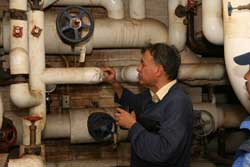 |
Most steam training courses are designed to run three consecutive days with a maximum of four hours of classroom and field training each morning. After each four-hour morning session, Jack Ames will be available to discuss and visit problems brought to his attention by individual participants. Group size is typically limited to a maximum of 8 trainees at a time. If additional personnel need to be trained, additional classes can typically be scheduled the following week. On the other hand, no group is too small. |
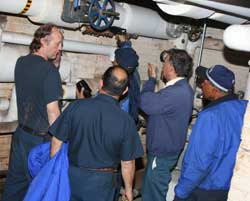 |
BENEFITS OF ON-SITE STEAM TRAINING
|
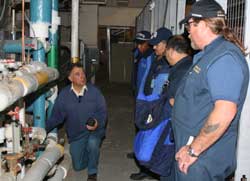 |
|
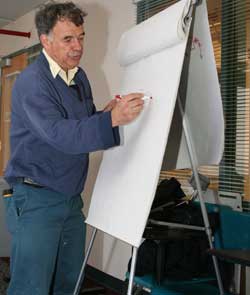 |
|
© 2008 Steamtraining.com. All rights reserved. Terms of Use and Disclaimer |
||||||